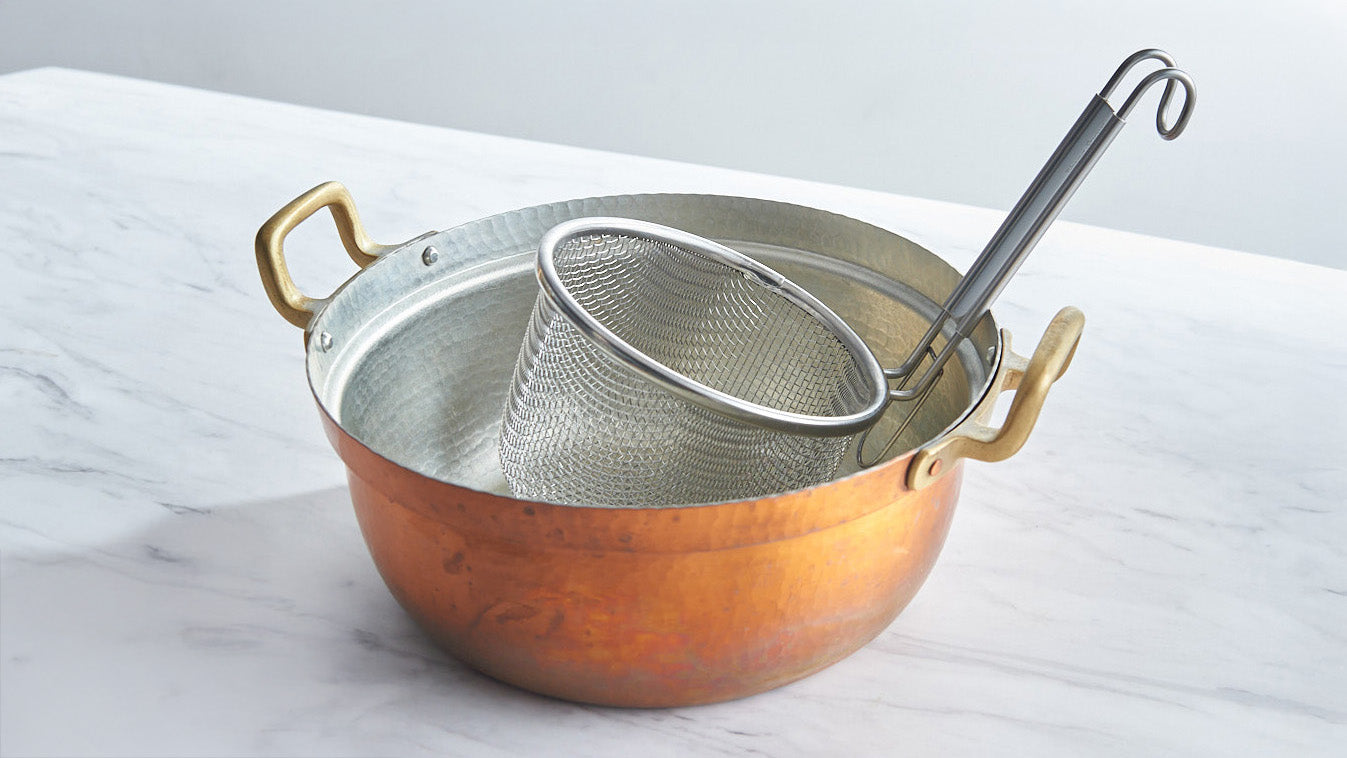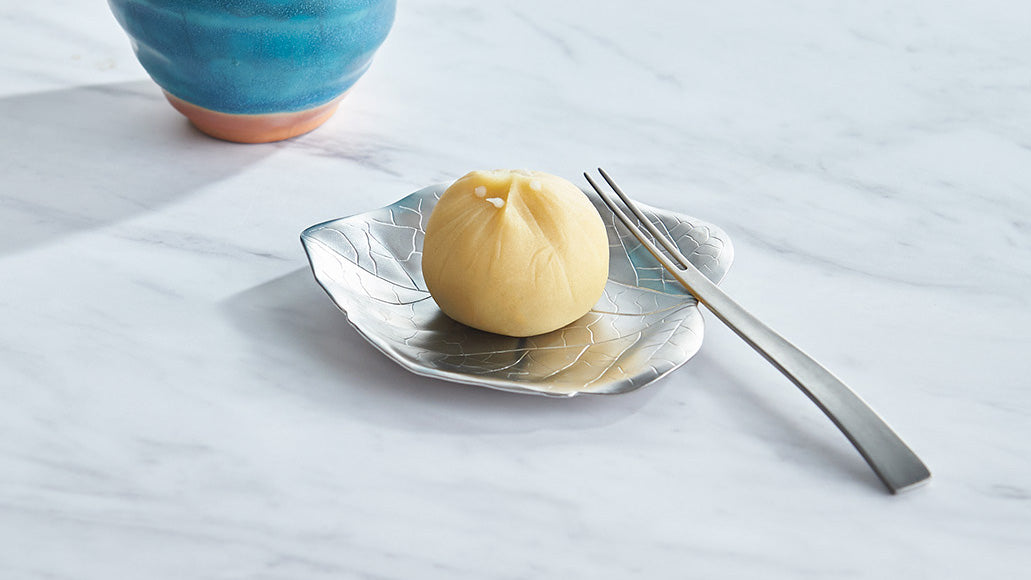
Tsubame-Sanjo Metalwork
Tsubame-Sanjo, nestled in Niigata Prefecture, stands as a pinnacle of Japanese metalworking excellence, where centuries-old craftsmanship meets modern innovation. The region specializes in hammered copper and metalcraft techniques, creating exquisite kitchenware ranging from precision chef's knives to elegant cutlery.
Tsubame-Sanjo emerged as a metalworking powerhouse through a combination of geographical fortune and human ingenuity. The region's story begins in the early Edo period (1603–1868 CE), when frequent flooding of the Shinano River plagued local farmers. Rather than surrender to these natural disasters, resourceful agricultural families transformed adversity into opportunity, establishing nail-making as a crucial side business to supplement their farming income.
Building on this foundation, the area’s natural advantages proved instrumental in the evolution of its metalworking tradition. Abundant resources—scrap iron, copper, and timber for charcoal production—lie readily accessible throughout the region. The Shinano River and its tributaries, the very waterways that had once brought destruction, became vital commercial arteries. These rivers created an extensive distribution network that allowed metal products to reach markets across Japan.
Tsubame-Sanjo merchants capitalized on this infrastructure, loading their wares onto river barges and establishing trade routes that stretched to Edo (modern-day Tokyo) and beyond. Through steady peddling and commerce, they carried Tsubame-Sanjo's reputation far from its humble origins.



